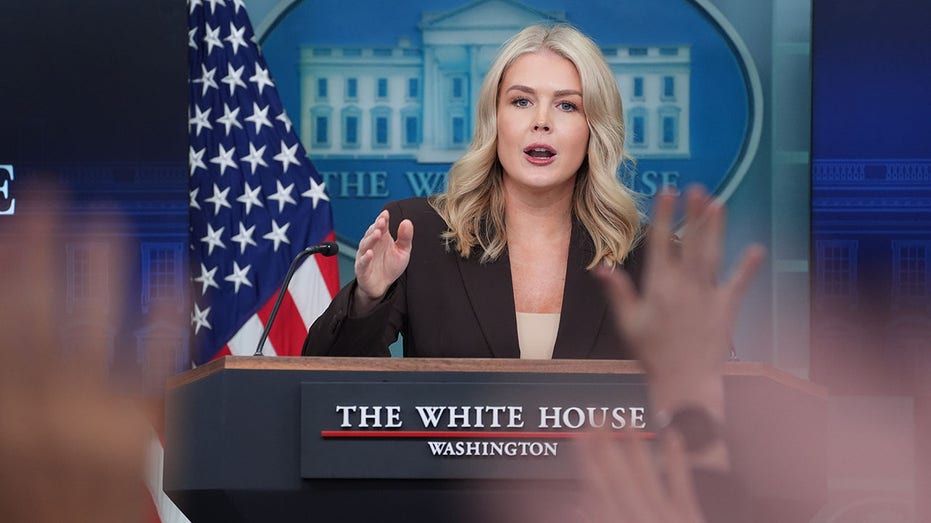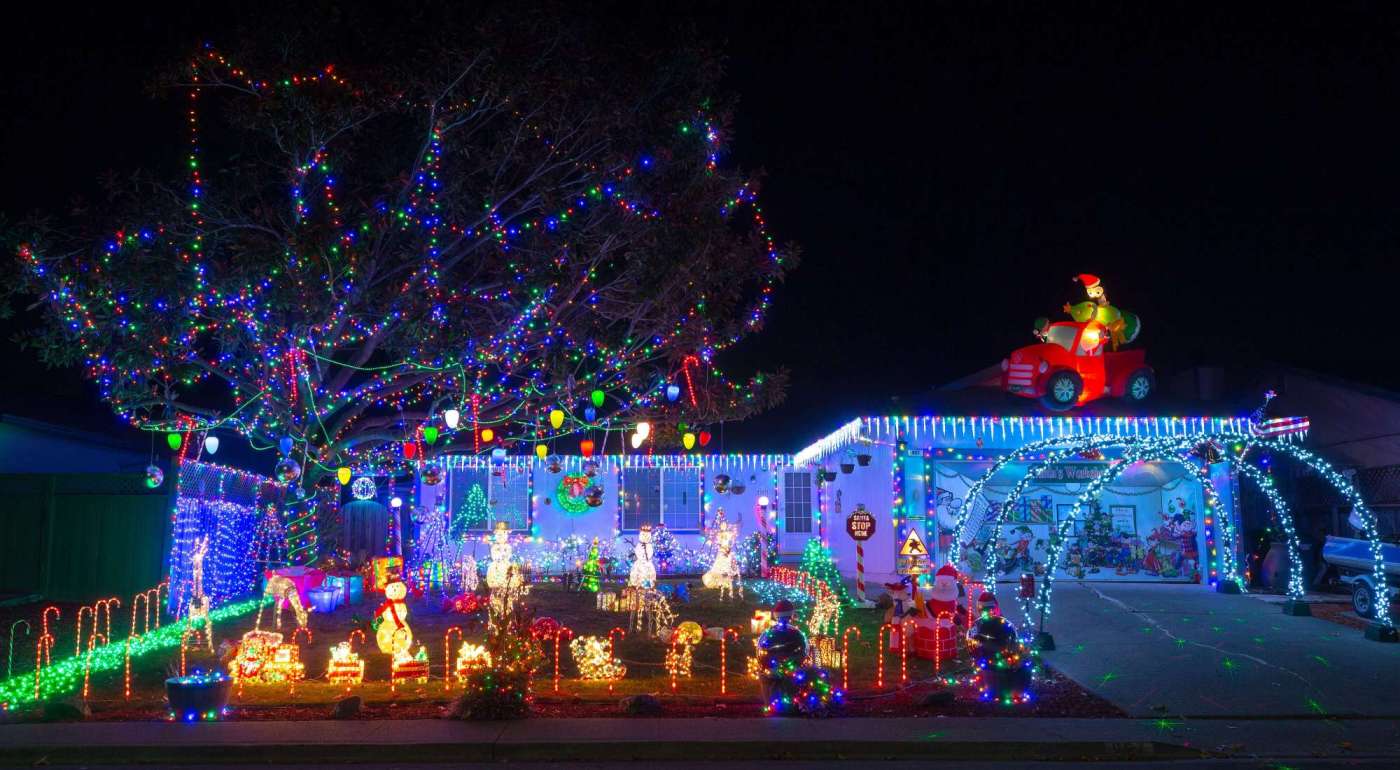The White House announced on Friday that journalists would no longer be authorized to freely access an area of the West Wing housing offices for various senior communications officials, including Press Secretary Karoline Leavitt.
In a memorandum, the National Security Council stated that journalists are prohibited from accessing Room 140, also known as “Upper Press,” located near the Oval Office, without an appointment. The move aims to shield potentially sensitive materials and protect national security.
> “In order to protect such material, and maintain coordination between National Security Council Staff and White House Communications Staff, members of the press are no longer permitted to access Room 140 without prior approval in the form of an appointment with an authorized White House Staff Member,” the memo said.
Previously, credentialed White House journalists could access Room 140 on short notice to speak with senior officials. However, the memo clarifies that journalists may still access another area where lower-level White House communications staff have desks.
### Concerns from the Press
The White House Correspondents’ Association argued that the new restrictions would hinder reporters’ ability to question officials, ensure transparency, and hold the government accountable.
CBS News White House reporter Weijia Jiang, the current president of the association, stated:
> “The White House Correspondents’ Association unequivocally opposes any effort to limit journalists from areas within the communications operations of the White House that have long been open for newsgathering, including the press secretary’s office.”
### White House Response
White House Communications Director Steven Cheung addressed the issue on Friday, citing concerns about reporters’ conduct.
> “Some reporters have been caught secretly recording video and audio of our offices, along with pictures of sensitive info, without permission,” he wrote on X. “Some reporters have wandered into restricted areas. Some reporters have been caught eavesdropping on private, closed-door meetings. Cabinet Secretaries routinely come into our office for private meetings, only to be ambushed by reporters waiting outside our doors.”
### Historical Context
The Clinton administration announced a similar restriction on press access to Room 140 in 1993, but the policy was later rescinded following significant backlash.
### Related Pentagon Policy Changes
This announcement follows the Pentagon’s recent new policy requiring news outlets to agree to stricter press restrictions or risk losing their media credentials and Pentagon workspaces.
The Pentagon’s policy requires journalists to pledge compliance with rules that include the possibility of being deemed security risks and having their press badges revoked if they ask employees to disclose information not officially released by the department — even if that information is unclassified.
For further insights, see General Jack Keane’s reaction to the Pentagon’s new press access policy.
—
*Click here to download the full statement.*
https://www.foxnews.com/media/trump-white-house-limits-reporters-access-staff-offices-latest-move-restricting-press-coverage


